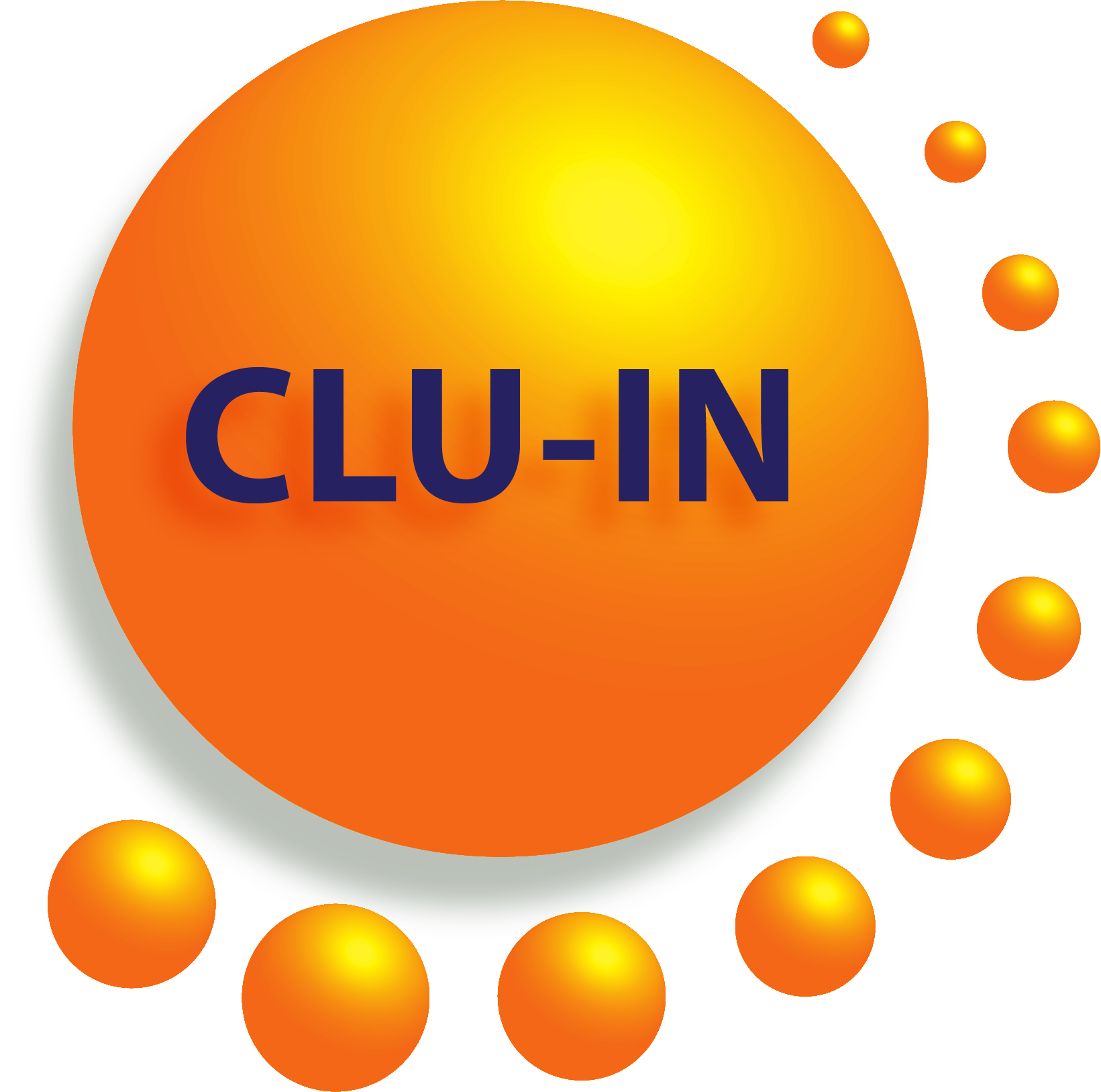Recent Additions
Residential Lead Directive for CERCLA Sites and RCRA Hazardous Waste Cleanup Program Facilities
Posted: October 22, 2025
The directive establishes:
- A regional removal management level of 600 parts per million for lead in residential soil.
- A regional screening level of 200 parts per million for lead in residential soil.
- A target children’s blood lead level of 5 micrograms per deciliter to determine preliminary remediation goals.
- A series of process improvements to accelerate response actions.
This directive supersedes the January 2024 Updated Soil Lead Guidance for CERCLA sites and RCRA Corrective Action Facilities.
Critical Mineral Recovery from Mine Influenced Waters – Literature Review and Technology Evaluation
Posted: June 13, 2025
Request for Information (RFI): US EPA Superfund Contract Laboratory Program, Superfund Analytical Methods (SFAM) Procurement
Posted: May 29, 2025
Brownfields Technical Assistance
Posted: April 25, 2025
Superfund Remedy Report, 18th Edition
Posted: April 23, 2025
The data that forms the basis of the analyses contained in SRR 18th Edition can be found at Superfund Data and Reports by downloading Contaminant of Concern Data for Decision Documents by Media and Remedy Component Data for Decision Documents by Media.
Proposals: ITRC 2026 Project Teams
Posted: April 9, 2025
Modified Johnson and Ettinger Vapor Intrusion Model
Posted: January 27, 2025
Register Now: 2025 ITRC Annual Meeting
Posted: December 23, 2024
Free Training: NIH Entrepreneurship Bootcamp
Posted: November 25, 2024
Electrokinetic (EK) Enhanced In Situ Remediation Engineering Issue Paper
Posted: July 8, 2024

